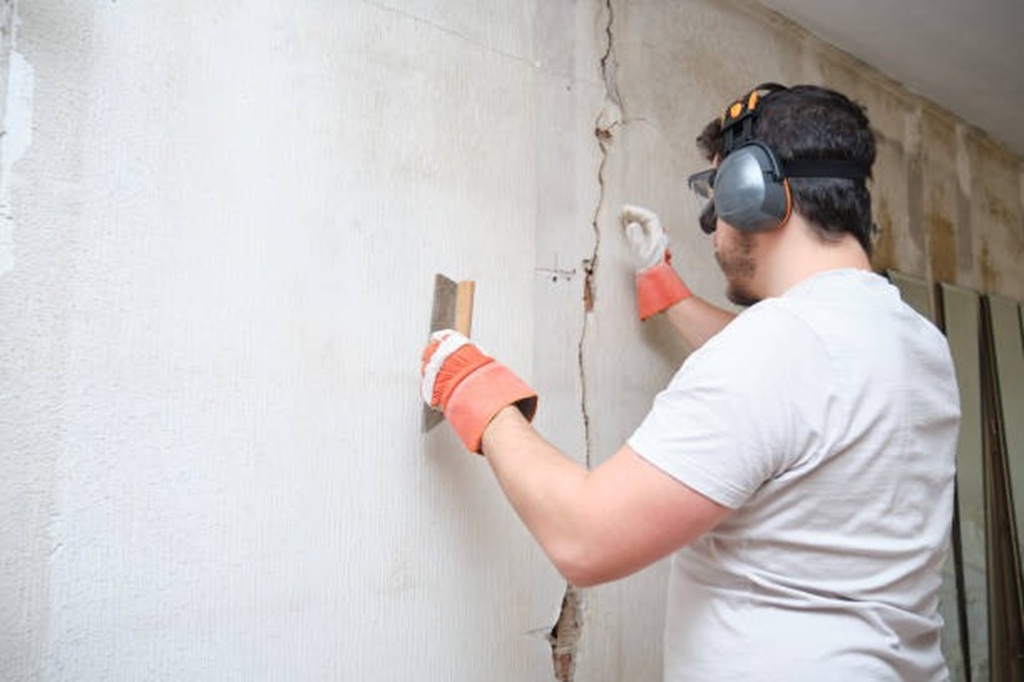Gardeners often make a big mistake when they install drip irrigation systems. One of the key differences between these two types is that sprinklers are for covering areas, whereas drip lines are for more targeted watering. If you’re looking to plant a row of plants, a sprinkler will be the way you go; if you’re using drip irrigation, you’ll need to think about where each station will be installed and plan accordingly.
What’s the difference between a sprinkler and drip line?
A sprinkler is a quick, intermittent delivery system that shoots water in all directions. A drip line is a slow, continuous delivery system that delivers water in a straight line.
Drip lines are specifically designed to deliver water slowly and evenly over a large area, while sprinklers are designed to emit a large burst of water all at once. Here are some key differences:
Sprinklers use pressurized water to shoot water high into the air, while drip lines use a valve to control how much water is released. This allows drip lines to cover a larger area more efficiently than sprinklers. Additionally, drip lines usually have a longer headway – that is, they can hold more water before releasing it – which makes them better for watering large areas like lawns or gardens.
A drip line is an irrigation system that slowly disperses water over a large area. A sprinkler, by contrast, sprays water in a high-pressure jet. Both systems can be used to water plants, but a drip line is more efficient because it uses less water and doesn’t create wet spots on the ground.
A drip line is also better for small areas, such as a flower bed, because it uses less water and doesn’t flood the area. Sprinklers can also cause damage if they hit objects, so they’re not always the best option for larger areas.
Mist vs. Drip Irrigation
A sprinkler system uses pressurized water to shoot water up into the air. These high-pressure water droplets fall down and hit the ground, triggering a continuous spray. On the other hand, a drip irrigation system uses a network of small water droplets that slowly flow down from overhead. This slow drip gives plants a more even watering and prevents them from becoming overgrown with roots in one area.
What are the Pros the Cons of each?
Sprinklers are typically seen as a more efficient way to water plants. The water is released controlled, which means less water waste. Additionally, sprinklers can be activated by timers or sensors, meaning you don’t have to watch them make sure they’re watering your plants constantly.
Drip lines, on the other hand, are often thought of as being more aesthetic. They deliver water slowly and evenly, which gives plants a gentle mist that helps them absorb water and stay healthy. Additionally, many people believe that drip lines help to conserve water because the water is used more sparingly.
How to Use Sprinklers and Drip Lines
A sprinkler is a type of water delivery system that shoots a shower of water over a wide area. A drip line is a type of irrigation system that delivers water in a narrow stream over the plants’ roots.
A sprinkler is a handy tool for watering plants or lawns. It works by shooting water out of the nozzle at high speed, which causes the water to spray all around. This method is great for quickly hitting multiple areas. Drip lines, however, are designed for watering large areas slowly and evenly. They work best when water is delivered in a constant stream that falls gently onto the ground.
Conclusion
A sprinkler is designed to water a large area at once, while a drip line is designed to water individual plants or shrubs.
Sprinkler systems are designed to distribute water evenly over a large area. Drip line systems, on the other hand, are specifically designed for irrigation and use smaller emitters that release water in a controlled manner. Which type of system you choose will largely depend on the size of your lawn and the way you want it watered.




